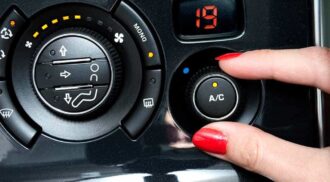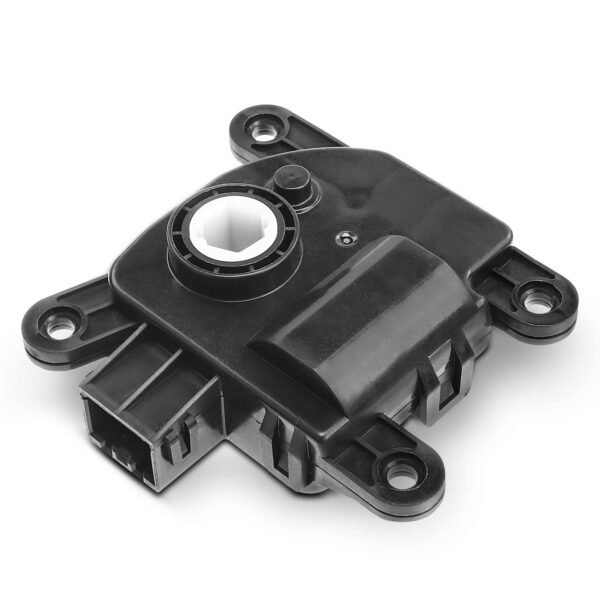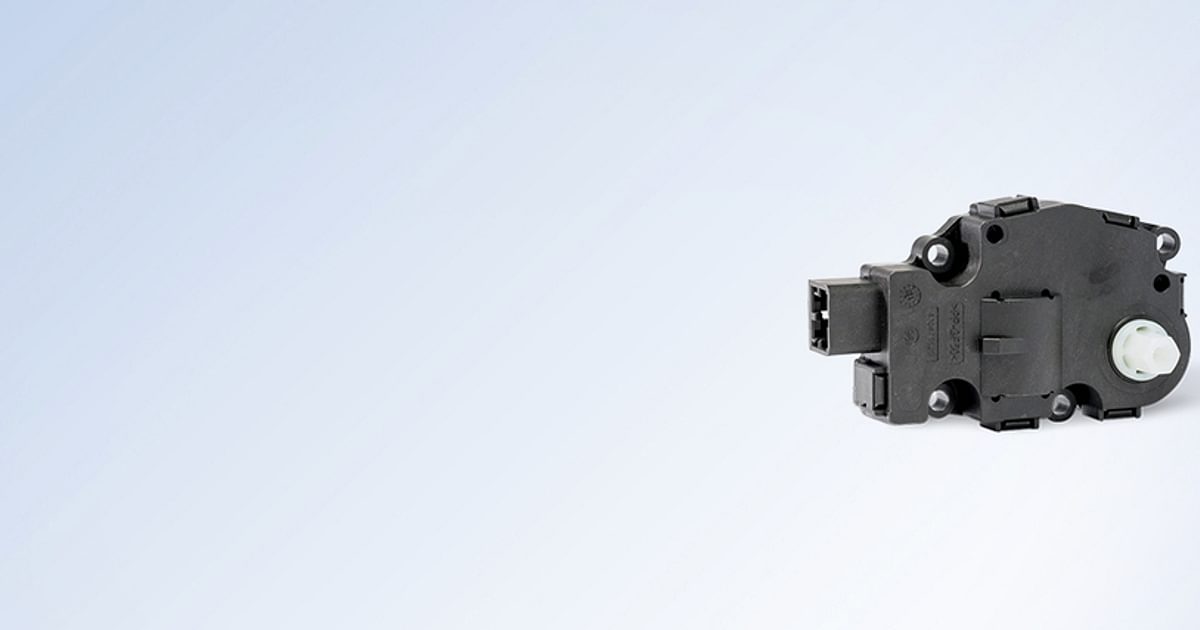
|
Air conditioners transform automobiles into comfort zones. Once turned on, car users get fresh, cool air, which can be relieving, especially when the weather is hot.
Besides that, the AC also ensures proper air circulation, thus, promoting health.
For the air conditioner in a car to work, its actuator must be functioning. That’s because the motion device plays a pivotal role in the HVAC system of any vehicle. Let’s illustrate how important actuators are in car AC by looking at how they control the intake door.
How an Actuator Controls the Air Intake Door

Source: amazon.com
The intake door is one of the most essential components of a car’s air conditioner. Its job is to decide if the AC uses air from outside or inside (recirculated air), and its movement is handled by an actuator.
Note that the intake door is a flap, so, as a result, it opens and closes. The actuator ensures it does so in the right direction, depending on the air source. Also, the motion device will adjust the flap in the correct position, ensuring the inflow of the right air quantity.
In most cars, it’s up to the driver to control the actions of the actuator. That is, the direction and position it opens and closes, and this is done via a recirculate button. In some modern cars, however, especially smart vehicles, the driver does nothing. Instead, the motion device works automatically using a sensor. It opens and closes the air intake door to match the car’s air quality.
How an Actuator Affects the Cooling and Heating

Source: denso-am.eu
Performance
Since the car AC actuator controls the intake flaps, it’s responsible for air regulation. If, for example, the device opens the intake door in the wrong position or direction, the HVAC system won’t operate properly.
Suppose the actuator underworks the AC system. In that case, the car interior will be hot and uncomfortable for users. Conversely, if it overworks the system, too much air inflow can be unbearable. Not to mention the excess fuel consumption that will result.
However, it’s important to understand that the actuator depends on different mechanisms. This is true, especially for devices that use sensors. So, the actuator may not work if the systems it receives signals from are malfunctioning.
Actuator Car Air Conditioner Troubleshooting
Considering its critical function, it’s vital for the car AC actuator to always be in good condition. Here are some quick troubleshooting tips to help:
- Listen for abnormal noises — grinding, clicking — from the dashboard. These may suggest a faulty actuator.
- Confirm that the air vents and flow sync with the climate control setting. Any misalignment means the actuator isn’t getting accurate signals.
- Inspect the motion device occasionally and check its fuses and wiring. Look out for loose wires or blown fuses and replace them. Also, check if any part is damaged by corrosion or wear.
Conclusion
There you have it! Car AC systems need actuators to control their intake doors, among other components. By extension, the actuator significantly impacts the cooling and heating performance of vehicles. It’s essential to ensure the motion device is always in good condition, lest you take away the comfort and convenience the air conditioner brings.

